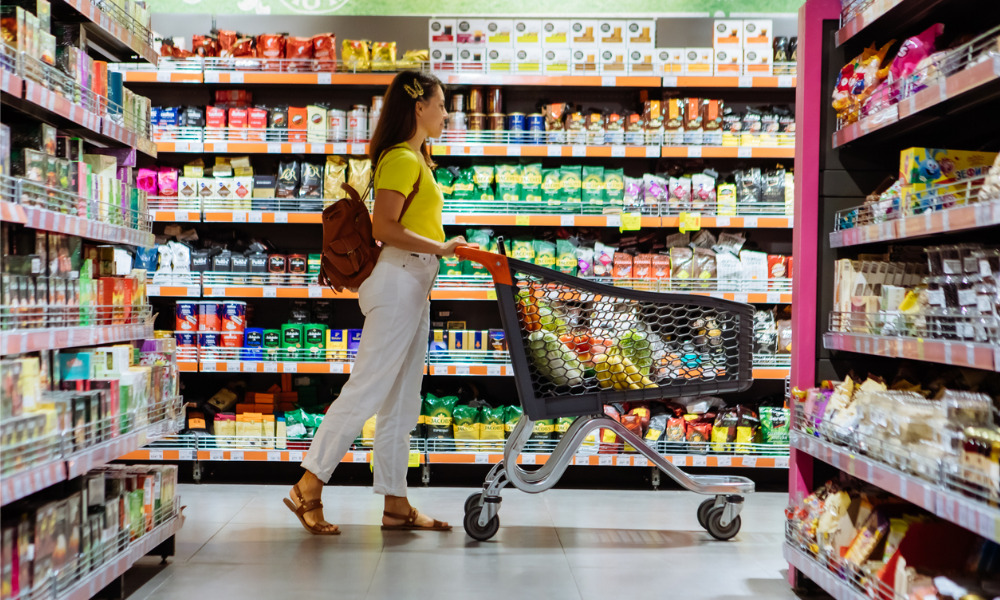Supermarket layouts are designed to manipulate and market to you. Product placement, colors, lighting, shelf order, the size of your shopping cart and even the music playing are all carefully planned to make you stay in the store longer and encourage you to spend money. It’s Supermarket Psychology 101.
But those same strategies can be used to help you make healthier food choices, as a recent study makes clear.
University of Southampton researchers partnered with several stores that were part of Iceland Foods Ltd., a supermarket chain in England, to study how changes in product placement might encourage customers to buy healthier foods. They looked at general store sales and the purchasing patterns of store customers who had loyalty cards. The loyalty cards made it possible for researchers to track customers’ changing purchases. People in the study were also contacted by email and asked to answer questions about their shopping and eating patterns.Sales of unhealthy snack foods decreased, and more fruits and vegetables were purchased, as a result of product repositioning.
Sales of unhealthy snack foods decreased, and more fruits and vegetables were purchased, as a result of this product repositioning. Six more green salad and vegetable portions were purchased per week. Benefits were also seen in individual dietary quality, as well.
“Altering the layouts of supermarkets could help people make healthier food choices and shift population diet towards the government’s dietary recommendations. The findings of our study suggest that a healthier store layout could lead to nearly 10,000 extra portions of fruit and vegetables and approximately 1,500 fewer portions of confectionery being sold on a weekly basis in each store,” lead researcher, Christina Vogel, said in a statement.
The easy availability of unhealthy snack foods only adds to the worsening problem of obesity among both kids and adults. So it makes sense to get supermarkets involved. “We know that childhood obesity is a growing issue and the retail industry has its part to play in tackling this,” Matt Downes, an executive at Iceland, said. “We hope that the outcomes of the study provide insights for the wider retail industry and policy makers about the impact of store merchandising on purchasing decisions.”
A lot of thought goes into the placement of those candy bars, bags of chips and sugary sodas to tempt you into an impulse purchase. You can be smarter than them, and just walk on by. At the same time, however, this study begs the question: If so much consumer psychology can be put into keeping you in the store and making you spend money, why not use that psychology to help consumers make healthier food choices?





